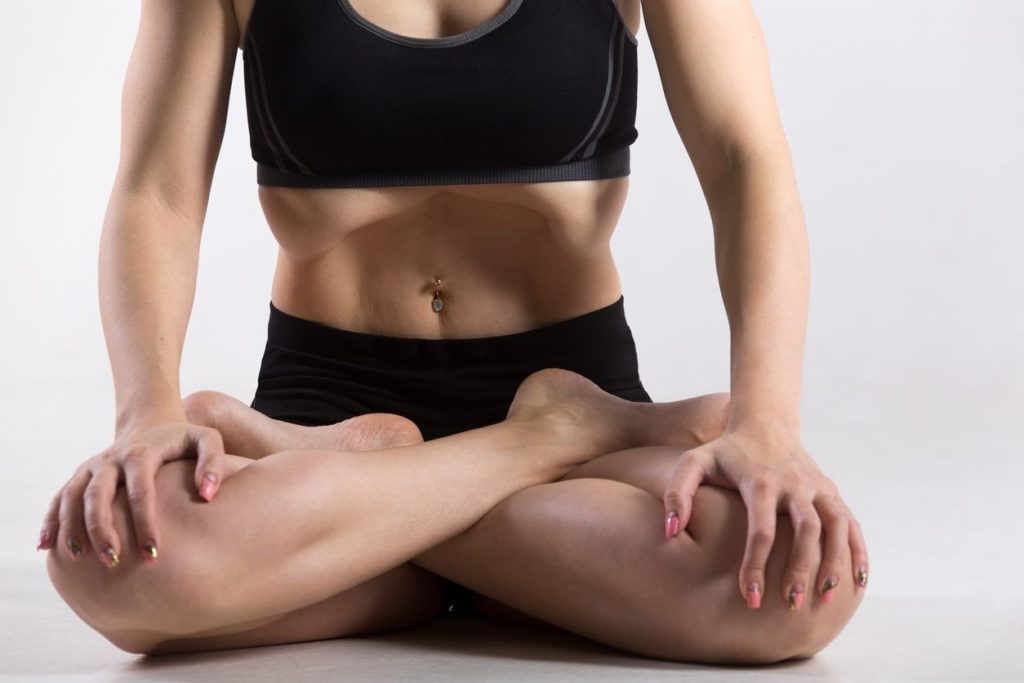Abdominal breathing: how to breathe with the belly?
Caution : You must consult your doctor for your health. This page presents only a personal and alternative point of view which should not be considered as an attempt to prescribe medicine.
Breathing is an involuntary gesture that is repeated about 30,000 times a day.
It helps bring oxygen to the body and get rid of excess carbon dioxide.
A minimum of CO2 is indeed essential for the body to maintain vital functions.

Usually during the day we do not have constant control over our breath, especially when we are under the stresses of everyday life.
But when we are aware of our breath, the first thing to do is to breathe through the belly.
Indeed, belly breathing offers many benefits such as reducing stress level.
Let's see in this article how to breathe through the belly to relax better.
Breathing with the stomach: detailed process
Before you start practicing abdominal breathing, you must first know how it is done.
To begin with, breathing with the belly is also called the deep breathing technique.
Indeed, it is a breathing exercise which will be ample enough to exert pressure inside the belly, on all the viscera of the digestive system.
During inspiration, the belly is inflated by the air inhaled through the nose.
In truth, the air does not enter the belly, but well in the lungs.
It is the downward pressure of the lungs that will push the belly outward.
Then, during the exhalation, the diaphragm (breathing muscle) relaxes, the lungs deflate and the belly returns to its initial position.
Unlike chest breathing (abnormal at rest), stomach breathing allows more oxygen to enter each cycle and more carbon dioxide to come out.
Gas exchange is improved, especially since the artery which collects oxygen and the venous return which expels excess carbon dioxide, are located below the lungs at the level of the solar plexus.
Breathing through the belly is therefore normal breathing at rest.
Breathing with the stomach: how to do it?
Since it helps maintain control of body and mind, abdominal breathing is often used during certain meditative or sports activities.
It is also generally used during yoga exercises.
Practically, to breathe with the belly, it is necessary to act as if you were going to fill it with air, starting with the lower belly.
Breathe in and let your belly swell.
Then, breathe out and let your stomach deflate.
Here are now three different ways to breathe through your stomach.
Extended abdominal breathing
To do this exercise, you must lie down on the floor.
For your comfort, do not hesitate to install a yoga mat beforehand.
Next, place your hands across your body so that your palms are facing up.
By itself, this position allows you to relax and unwind.
Become fully aware of your body and release all your muscles.
Now, while being aware of your breath, allow your belly to inflate during the inhalation and then allow it to deflate during the exhalation.
To make sure you know if your belly is bulging, you can place one hand on your stomach and one hand on your chest.
The hand on the chest should remain still, while the hand on the stomach should accompany the back and forth movement of the abdominal breathing.
Ideally, you should do this breathing exercise for a minimum of 10 minutes.
Do not force: for example, do not try to breathe as much as possible otherwise you could condition your breathing to chronic hyperventilation, which would have very harmful effects.
Inhaling totally allows you to do the full yogic breathing exercise that we will see in another article.
Belly breathing while sitting
For this second belly breathing exercise, you should sit in a cross-legged or lotus position if you prefer.
Then place each of your hands on the opposite knee.
So, you should have the right hand on the left knee and then the left hand on the right knee.
Then drop your head a little forward by tilting it slightly.
As you inhale and exhale, you will find that your belly will naturally inflate.
It is advisable to do this breath exercise for a minimum of 10 minutes.
When you do this exercise on a regular basis, there is a good chance that you will be more and more relaxed, especially before sleeping.
You will now have enough good quality sleep.
NOTE: again, the exercise should be done very slowly and without straining!
Breathing through the belly also improves blood circulation, boosts intestinal transit and facilitates the elimination of toxic substances.
Breathe through your stomach while standing
Stand with your legs slightly apart (hip width) then bend your knees.
Place both hands flat at the lower abdomen with your thumbs touching the navel.
Don't try to breathe in and out, just watch your breathing.
Place your attention in your hands, or more precisely in your stomach where your hands are resting.
Watch the breath inflate and deflate your belly.
This area is called Hara in Japan, Canada in India and Tan Tien (alchemical cauldron) in China.
This is the place where you can accumulate Ki, Prana, or even Chi.
In short, it is in your lower abdomen, in your guts that the source of your vital energy is.
In scientific terms, your ATP energy is produced in your intestines through the fusion of oxygen that burns your food.
The exercise of ventral breathing in the end position should be repeated several times during the day.
It is a breathing meditation technique that allows you to easily anchor yourself to the ground, which can quickly reduce stress and anxiety.
Conclusion
Breathing with the stomach has many advantages.
Apart from those mentioned above, it also allows you to have better posture and improve your immune system.
However, to take advantage of these positive points, it is important to regularly become aware of your breathing in order to channel it into your belly.
This is because stress tends to elevate your breath, making you breathe through your chest.
At rest, chest breathing is abnormal and will cause many health problems.
So take your time to calm down and put your breath back where it belongs: in your belly.
❤ The ultimate guide to breathing
Intermittent Breathing : Discover the method to quickly relieve your anxiety and chronic fatigue (positive effects from the first use).Read also :
Previous article : Smoking and respiratory diseases: what solutions?
Next article : How to concentrate on your breathing without changing it?

